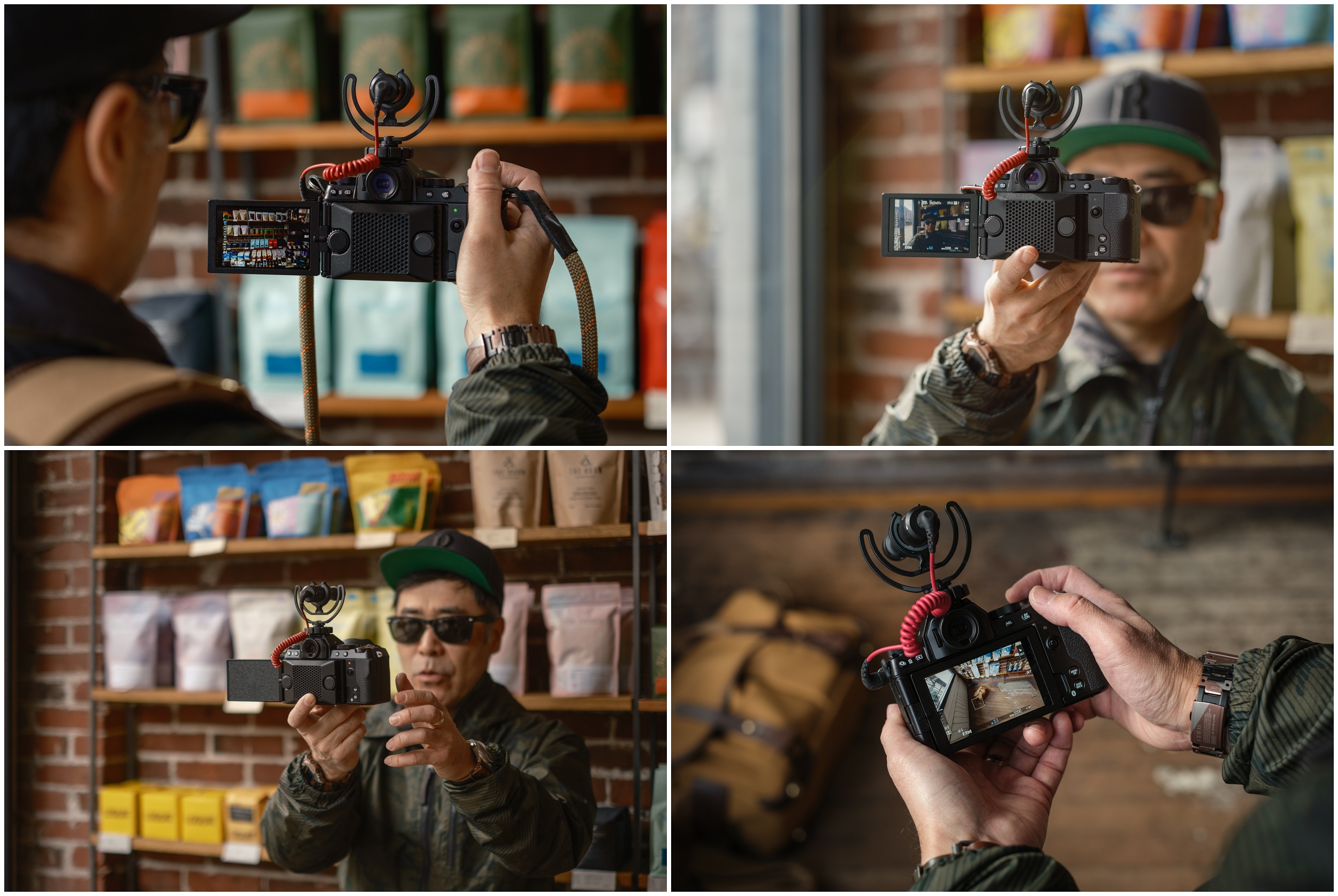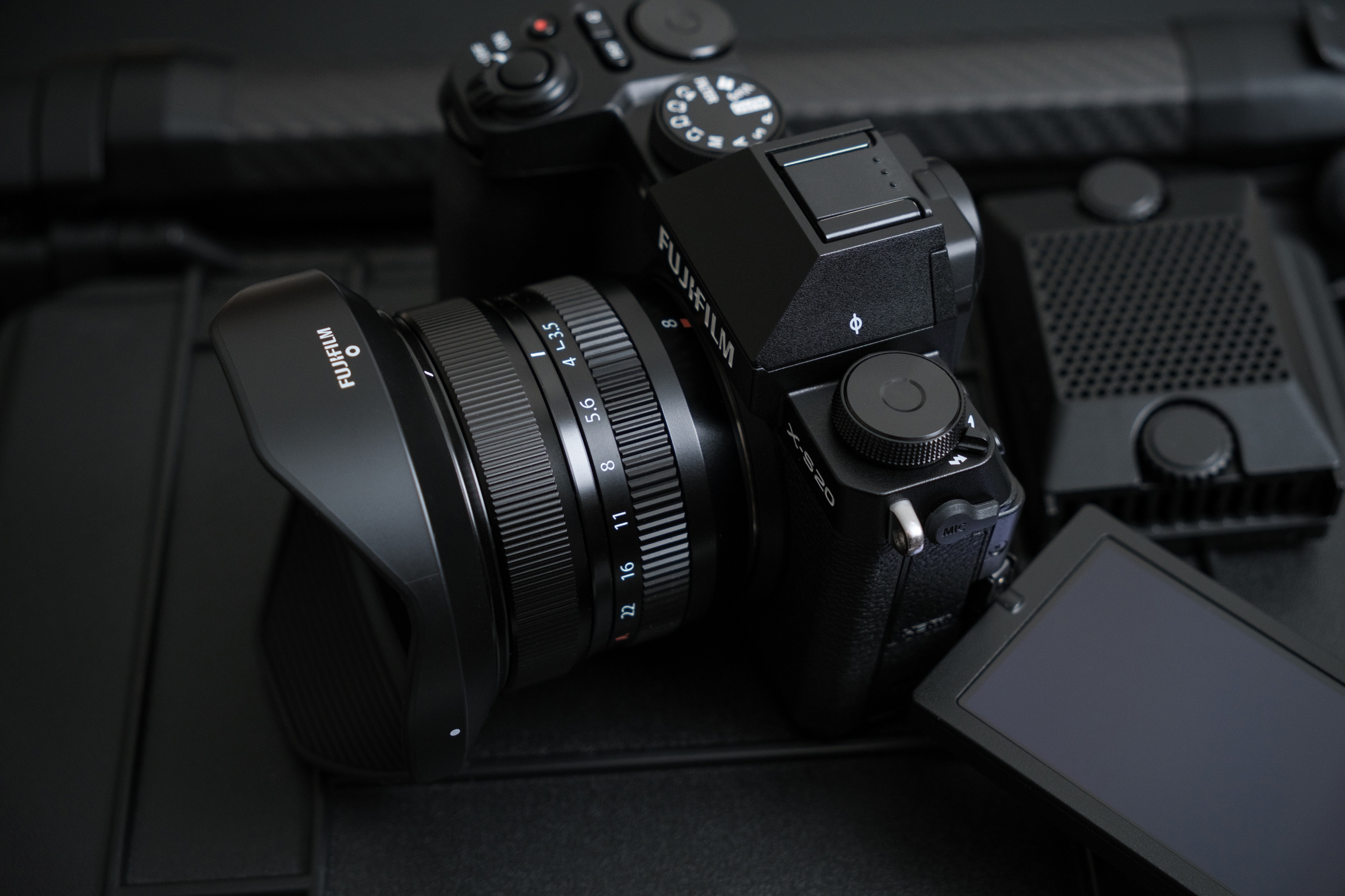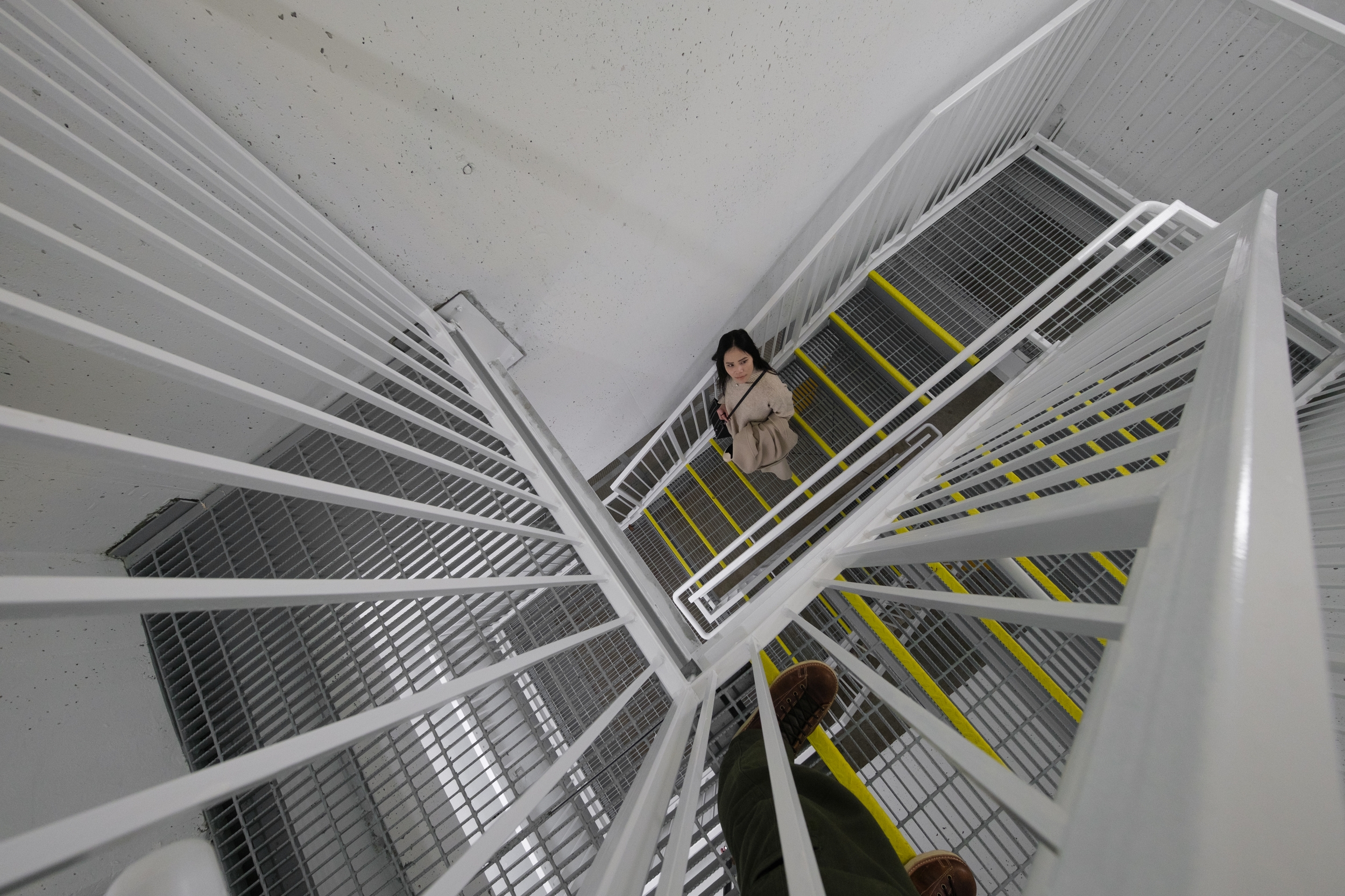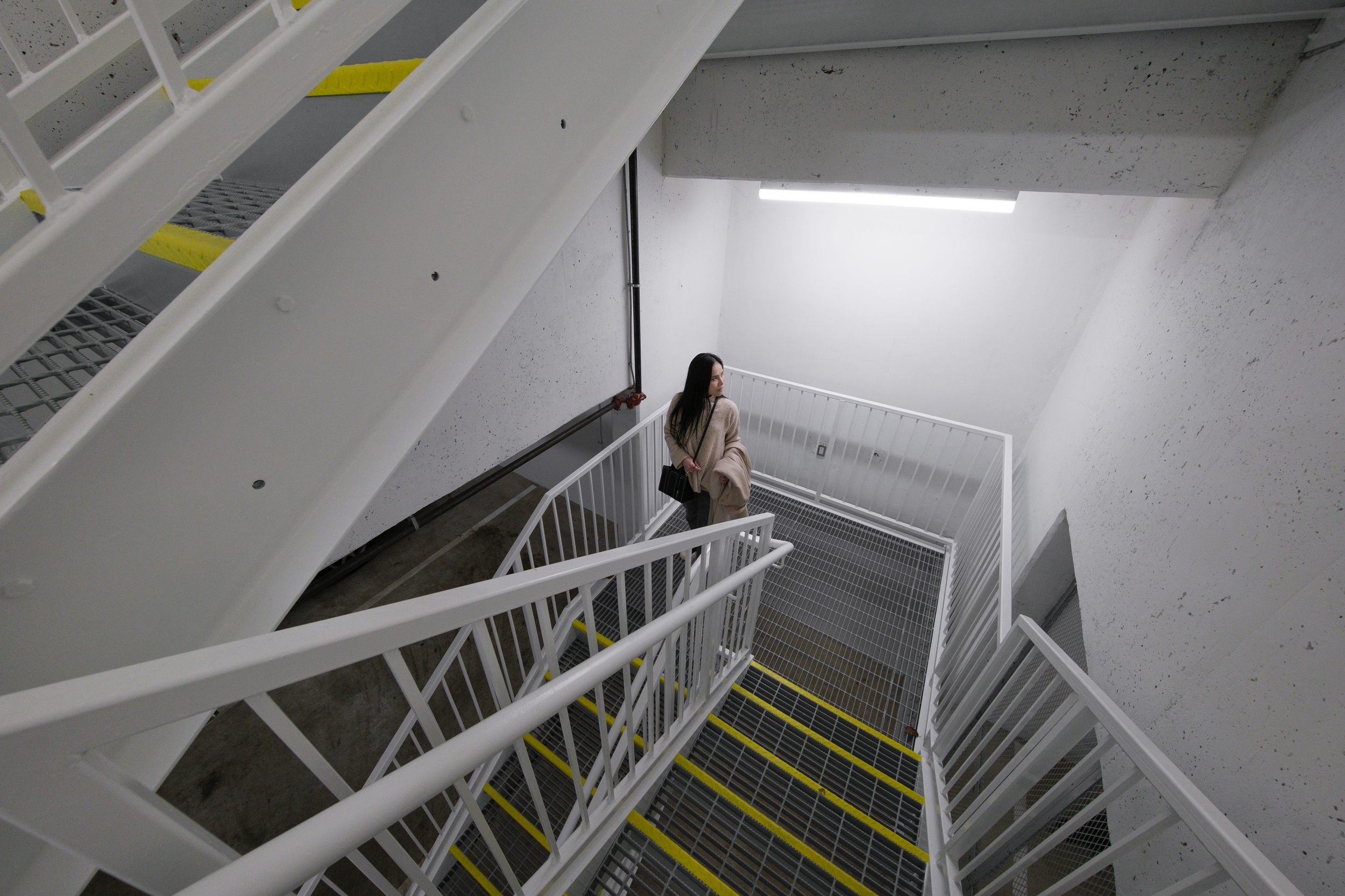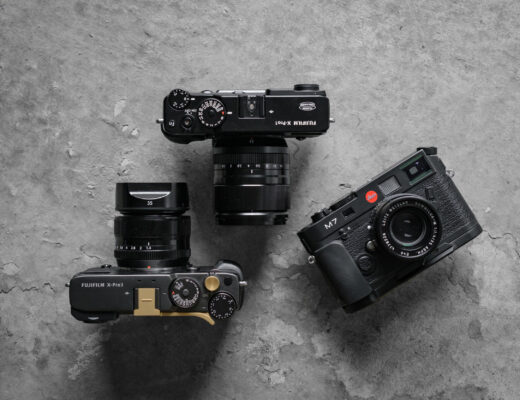A couple of months ago Fujifilm approached me and asked if I was interested in producing lifestyle photos of an upcoming camera and lens, and of course I said yes. It turned out to be the newly announced X-S20 and XF8mm f/3.5 R WR. Because I had a pre-production copy, I was not permitted to officially review the camera as the hardware and firmware were not yet final. However, I was allowed to use it to the full, including capturing both videos and stills, and it was an awesome experience. I forgot how much fun the original X-S10 was to use as a compact hybrid mirrorless camera, and how capable it could be for specific photographers and videographers. Let’s quickly review the highlights of this new fifth-generation Fujifilm X Series camera for the X Mount system:
- 5th Generation X Processor 5 (same as X-H2, X-H2S, X-T5)
- 4th Generation 26.1MP X-Trans CMOS 4 sensor (same as X-T4, X-Pro3, X100V, etc.)
- NP-W235 battery (same as X-T4, X-T5, X-H2, X-H2S, GFX50S II, GFX100S)
- 7 Stops of IBIS (same as X-T5, X-H2, X-H2S)
- Improved Autofocus with Auto Subject Detect in Auto Mode
- 6.2K 30fps Open Gate 4:2:2 10bit internal (similar to X-H2S)
- Both 3.5mm microphone and headphone input with optional external fan accessory
- Improved firmware and compatible with the new XAPP (launch day to be announced)
When I received the X-S20 and XF8mm lens, I was surprised at how compact and light the entire kit was. I knew it was slightly bigger and heavier due to the larger NP-W235 battery, but unless I had both the X-S10 and X-S20 in hand at the same time, I couldn’t tell the difference. The XF8mmF3.5 R WR feels like one of the Fujicron lenses – a huge contrast to the only other 8mm capable lens in the X Series line-up, the monster XF8-16mmF2.8 R LM WR. You could actually vlog with the new 8mm lens, further enhanced with 6.2K open gate capabilities. Although 8mm is a niche focal length, those of you who have a specific use case for this ultra-wide optic will enjoy using this lens. Although the unit I had was pre-production, the optics are top-notch with very little focus breathing in video mode and well-corrected for optical distortion and vignetting, and this lens is sharp and capable of high-resolution images and video, even on the X-T5.
I won’t go into too much detail about video capabilities, since I know the majority of FujiLove readers are stills photographers. However, it’s nice to know you don’t need to spend $2500 USD to get the X-H2S for open-gate video capabilities. In addition, you can use the same FAN-001 Cooling Fan for the X-H2 series on the X-S20 to extend video recording times and have a dedicated 3.5mm microphone and headphone inputs. To achieve 6.2K H265 4:2:2 ALL-I on this compact mirrorless body, Fujifilm updated the SD memory card slot to UHS-II, a welcome upgrade even for stills photographers. Now the X-S20 is capable of the mechanical shutter 8 frames per second up to 1000+ JPEGs or compressed RAW files, versus only 105 JPEGs or 23 frames of RAW files on the X-S10. In addition, the new X-S20 is capable of 256 JPEGs at 20fps in electronic shutter mode, versus only 32 frames with the X-S10. The faster memory card slot is a bonus for both video and stills, allowing us to tap into more powerful features of the new X Processor 5.
Even though the new X-S20 is the most powerful and capable prosumer camera that Fujifilm has built thus far, it’s still not a professional camera. The X-S20 is not weather-sealed, it only has a single memory card slot, it still uses the same 0.62x 2.36mil-dot EVF with a minimal eye-cup from the X-S10, and the control interface lacks a D-Pad and a proper rear dial. There are workarounds to program various buttons, dials and screen swipes to your liking, but the interface is definitely slower when compared to the X-T5 or the X-H2. However, for someone looking to buy a hybrid video and stills camera that has open-gate capabilities, I don’t think any other manufacturer can match what Fujifilm was able to pack into the X-S20.
Here are my initial thoughts on the new X-S20 and XF8mm lens. The X-S20 is $300 USD more expensive than the previous X-S10, even though it uses the exact same sensor. However, what you get for an extra $300 USD is a bargain, especially if upgraded video features are what you’re looking for. In addition to video upgrades, you get twice the power, twice the battery life, the latest firmware with the latest film simulations, hugely improved autofocus, improved IBIS, an upgraded memory card slot and an upgraded LCD screen (1.84Mil-dot). As for the 8mm lens, it’s a welcome addition to the Fujifilm ultra-wide angle prime lens line-up. No need to go third party or buy the big and bulky XF8-16mm F2.8 lens, especially if you want a compact ultra-wide vlogging lens. I hope Fujifilm continues to update and add to their ultra-wide prime lens line-up. I appreciate Fujifilm giving me the opportunity to partner with them on the X-S20 lifestyle photos, as well as play with their latest fifth-generation camera. Please let me know below what you think of the new X-S20 and XF8mmF3.5 R WR lens. Also, let me know if you have any questions and I’ll do my best to answer. Thanks for visiting and happy shooting!




